*A Step-by-Step Guide to Crafting the Perfect Cordyceps Flower Stir-Fry with Tender Meat: A Culinary Journey Through Flavors and Techniques*
Cordyceps flower stir-fry with meat is a beloved dish in Chinese cuisine, celebrated for its harmonious blend of earthy umami flavors, tender textures, and nutritional richness. This recipe, rooted in traditional Chinese cooking techniques, combines the delicate, slightly sweet taste of Cordyceps flower (a fungus prized for its health benefits) with succulent meat, typically pork or beef, and a medley of aromatic seasonings. The result is a dish that is as visually appealing as it is satisfying to the palate. Whether you’re a seasoned home cook or a novice in the kitchen, this guide will walk you through every step, from selecting the finest ingredients to mastering the art of stir-frying. By the end, you’ll not only have a restaurant-quality meal but also a deeper appreciation for the culinary traditions that inspire it.
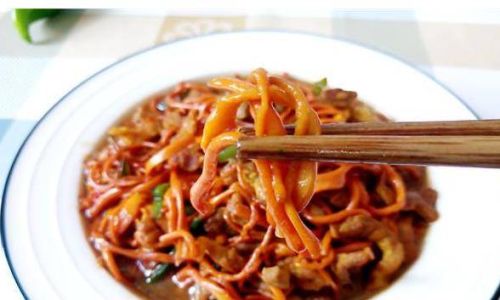
Understanding Cordyceps Flower: Nature’s Hidden Gem
Cordyceps flower, scientifically known as Cordyceps militaris, is a parasitic fungus that grows on the larvae of insects. Despite its unusual origin, it has been a staple in traditional Chinese medicine for centuries, revered for its purported immune-boosting, anti-inflammatory, and energy-enhancing properties. In recent years, it has gained global popularity as a culinary ingredient, prized for its crisp texture and mild, nutty flavor. When cooked, Cordyceps flower absorbs the flavors of its companions, making it a versatile addition to soups, stir-fries, and even desserts. For this dish, its ability to meld with the savory notes of meat and spices is key.
Ingredients: Assembling Your Culinary Arsenal
To create this dish, gather the following ingredients, ensuring each component is fresh and of high quality:
- Cordyceps Flower (50g): Look for firm, golden-orange stems with minimal discoloration. Avoid those that appear mushy or overly dried.
- Meat (200g): Choose tenderloin or sirloin cuts of pork or beef. Slice against the grain into thin, uniform strips for optimal tenderness.
- Garlic (3 cloves) & Ginger (1-inch piece): These aromatics form the flavor base; mince finely.
- Scallions (2 stalks): Separate the white and green parts; slice diagonally.
- Bell Pepper (1/2, optional): Adds color and crunch; julienne.
- Soy Sauce (2 tbsp): Use light soy sauce for salinity, dark for depth.
- Oyster Sauce (1 tbsp): Provides rich, caramelized notes.
- Sesame Oil (1 tsp): Enhances aroma.
- Cornstarch (1 tsp): For meat marinade.
- Shaoxing Wine (1 tbsp): Deglazes the pan and imparts complexity.
- Sugar (1/2 tsp): Balances flavors.
- White Pepper (1/4 tsp): A subtle heat.
- Cooking Oil (3 tbsp): Use peanut or vegetable oil for high-heat cooking.
- Salt (to taste): Adjust at the end.
Preparation: The Foundation of Flavor
-
Meat Marination:
- In a bowl, combine meat strips with 1 tbsp soy sauce, 1 tbsp Shaoxing wine, 1 tsp cornstarch, 1/2 tsp sugar, and a pinch of white pepper.
- Massage the mixture into the meat, ensuring even coating. Let marinate for 20–30 minutes. This step tenderizes the meat and infuses it with flavor.
-
Cordyceps Flower Prep:
- Rinse the fungus under cold water to remove debris. Pat dry with paper towels.
- Trim any tough ends and slice into 2-inch segments if stems are lengthy.
-
Aromatics & Vegetables:
- Mince garlic and ginger. Slice scallions, keeping whites and greens separate.
- Julienne bell pepper (if using) into thin strips.
Cooking Process: Mastering the Stir-Fry
Stir-frying is a high-heat, quick-cooking method that seals in flavors and textures. Follow these steps precisely for optimal results:
-
Preheat the Wok:
Place a wok or large skillet over high heat. Allow it to smoke lightly—this ensures a non-stick surface and rapid searing.
-
Sear the Meat:
- Add 2 tbsp oil to the wok. When shimmering, add marinated meat in a single layer.
- Let it sear undisturbed for 30 seconds to develop a caramelized crust. Stir-fry for 2–3 minutes until 80% cooked. Remove and set aside.
-
Sauté Aromatics:
Reduce heat to medium. Add remaining 1 tbsp oil, garlic, ginger, and scallion whites. Stir-fry for 30 seconds until fragrant but not browned.
-
Cook the Cordyceps Flower:
Increase heat to high. Add Cordyceps flower and bell pepper. Toss vigorously for 2 minutes. The fungus will soften slightly but retain a crisp bite.
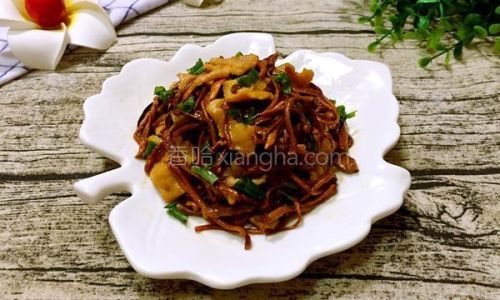
-
Reintroduce the Meat:
Return meat to the wok. Add 1 tbsp soy sauce, 1 tbsp oyster sauce, and a splash of water (1–2 tbsp) to deglaze the pan. Stir-fry for 1 minute to meld flavors.
-
Final Seasoning:
Drizzle sesame oil and toss. Taste and adjust with salt or a pinch of sugar if needed.
-
Garnish and Serve:
Transfer to a serving platter. Sprinkle with scallion greens. Serve immediately with steamed rice or noodles.
Tips for Perfecting the Dish
- Meat Tenderness: The cornstarch in the marinade acts as a velveting agent, preventing toughness. For extra insurance, add a pinch of baking soda (but rinse after marinating to avoid bitterness).
- Heat Control: A scorching-hot wok is non-negotiable. It sears meat quickly, locking in juices, and chars vegetables for smokiness.
- Cordyceps Flower Texture: Avoid overcooking, as it becomes mushy. Aim for tender-crisp.
- Flavor Balance: Adjust soy sauce and oyster sauce ratios to taste. A dash of rice vinegar can brighten the dish if it feels heavy.
Variations and Substitutions
- Protein Swap: Use chicken, shrimp, or tofu for a lighter alternative. Adjust cooking times accordingly.
- Vegetarian Twist: Omit meat and add mushrooms (shitake, enoki) or bamboo shoots for texture.
- Spice It Up: Introduce chili flakes or Sichuan peppercorns during aromatics for heat.
- Gluten-Free: Substitute tamari or coconut aminos for soy sauce.
Health Benefits: A Nutritional Powerhouse
Cordyceps flower is rich in antioxidants, amino acids, and polysaccharides, which may support immune function and reduce inflammation. Paired with lean meat, this dish offers a high-protein, low-fat meal. The vegetables contribute fiber and vitamins, making it a well-rounded addition to any diet.
Cultural Context: The Dish’s Roots
In Chinese households, stir-fries like this one symbolize balance—yin and yang in every bite. The Cordyceps flower represents earth’s bounty, while meat signifies sustenance. Served during family gatherings or festive occasions, it embodies harmony and nourishment.
Troubleshooting Common Issues
- Soggy Meat: Overcrowding the wok lowers heat, causing steaming instead of searing. Cook in batches if necessary.
- Bland Flavor: Ensure adequate seasoning at each stage. Taste and adjust before serving.
- Burnt Aromatics: Keep heat medium when sautéing garlic and ginger to prevent bitterness.
Serving Suggestions: Elevating the Experience
- Pair with: Jasmine rice, brown rice, or soba noodles.
- Beverage: Green tea complements the dish’s earthiness; a light lager balances richness.
- Presentation: Garnish with toasted sesame seeds or microgreens for elegance.
Conclusion: A Culinary Triumph
Crafting Cordyceps flower stir-fry with meat is more than a recipe—it’s a dance of tradition and innovation. By honoring the ingredients’ integrity and mastering stir-fry techniques, you create a dish that delights the senses and nourishes the body. Whether shared around a table or savored solo, this meal is a testament to the beauty of simplicity elevated by intention. So, don your apron, ignite the wok, and embark on a flavorful journey that bridges centuries of culinary wisdom. Your taste buds—and your guests—will thank you.
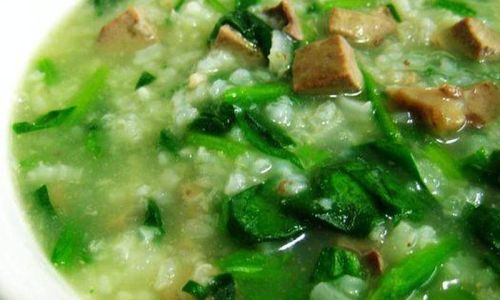
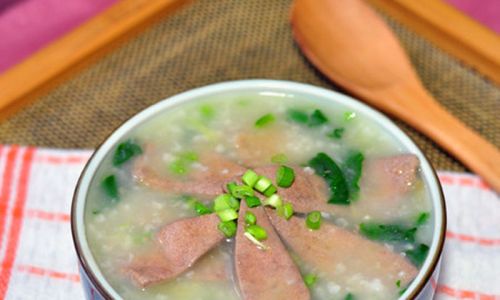
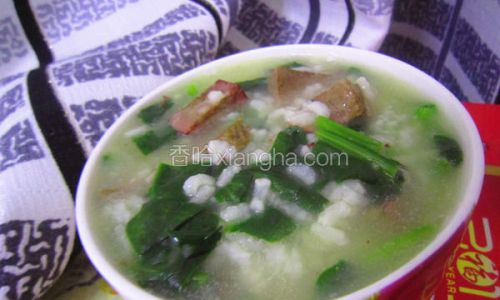
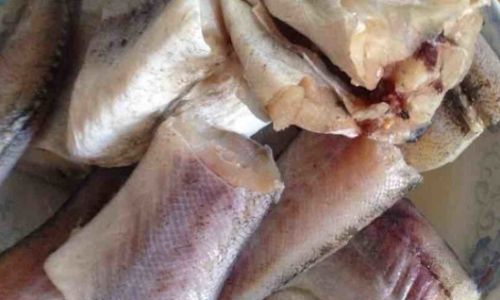

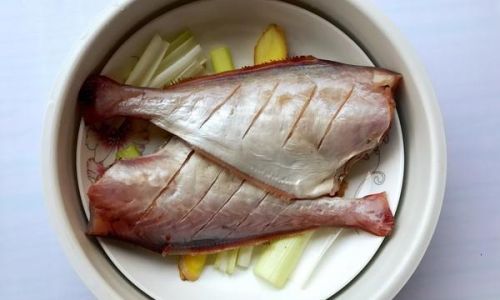
0 comments